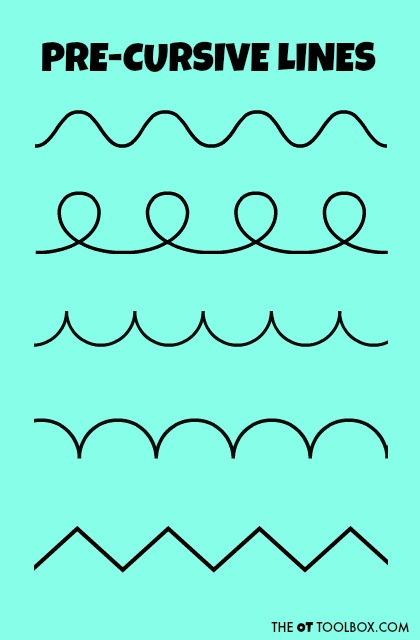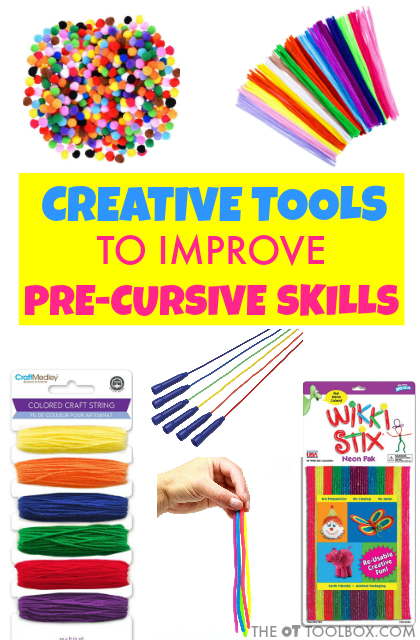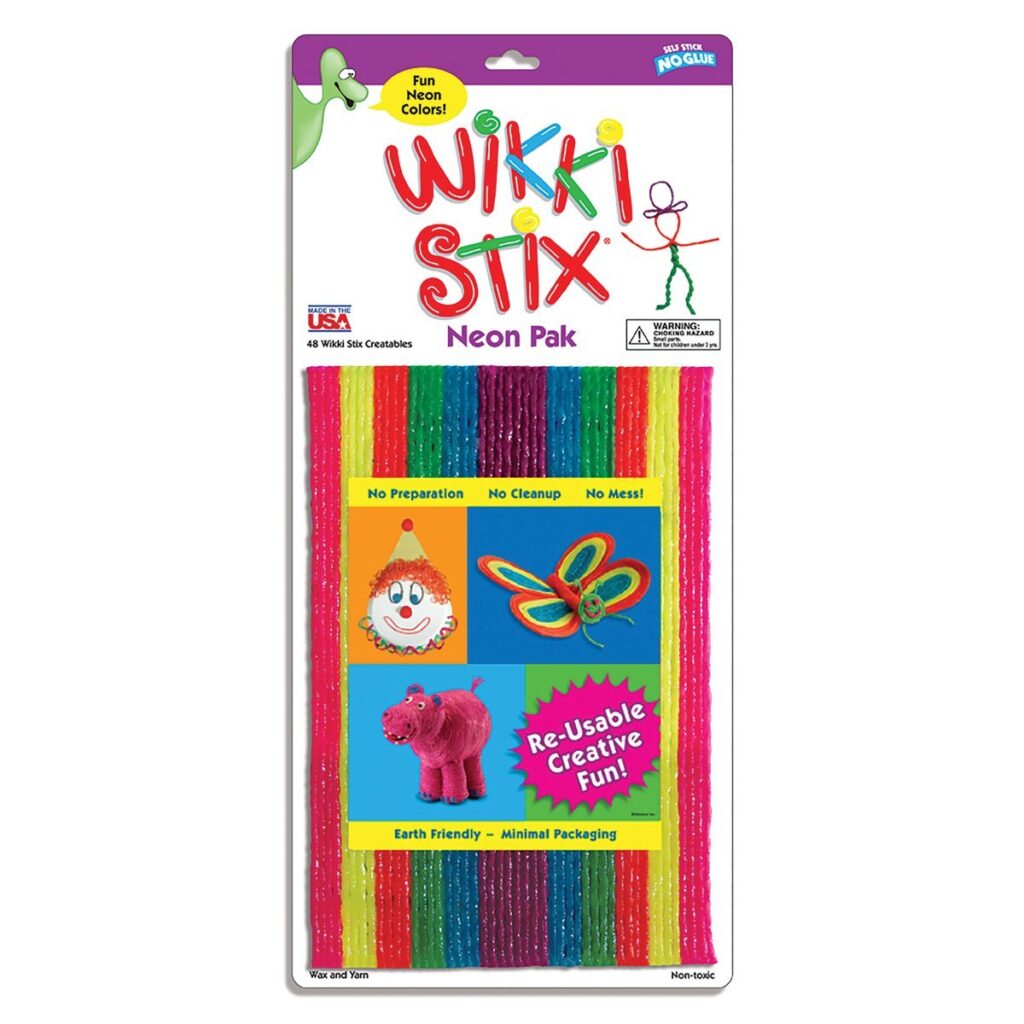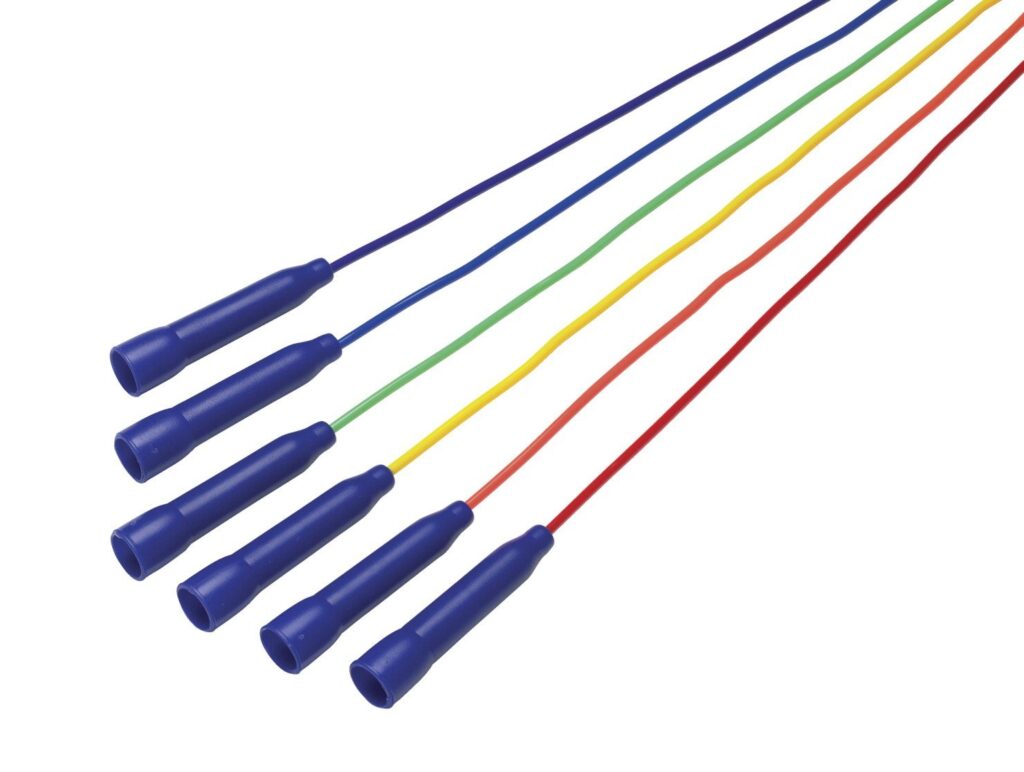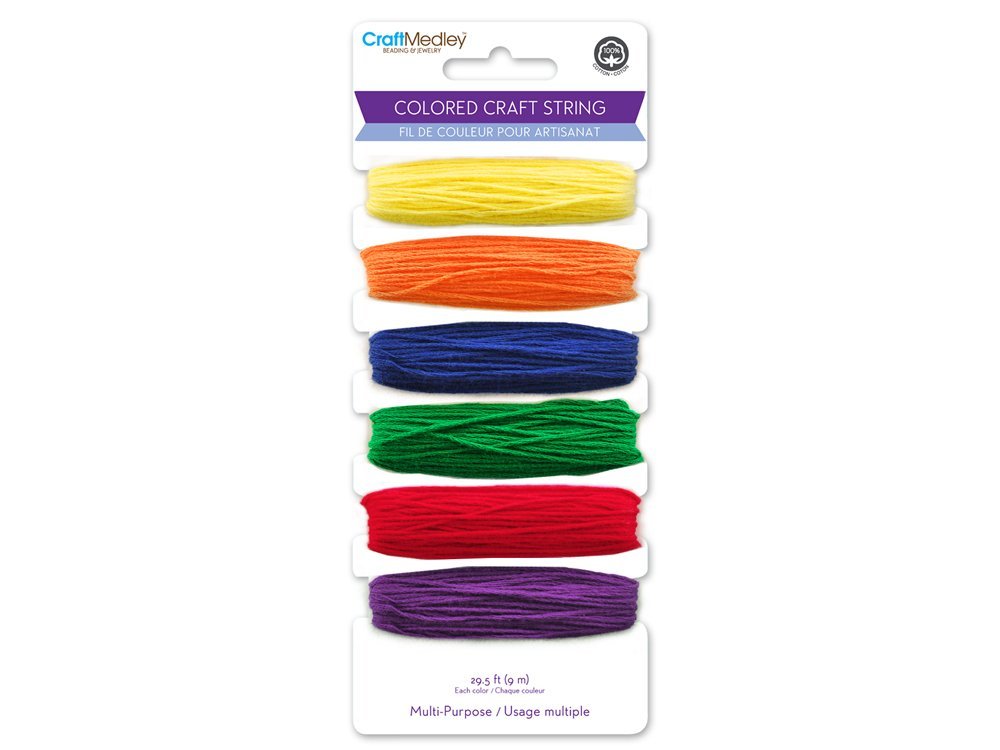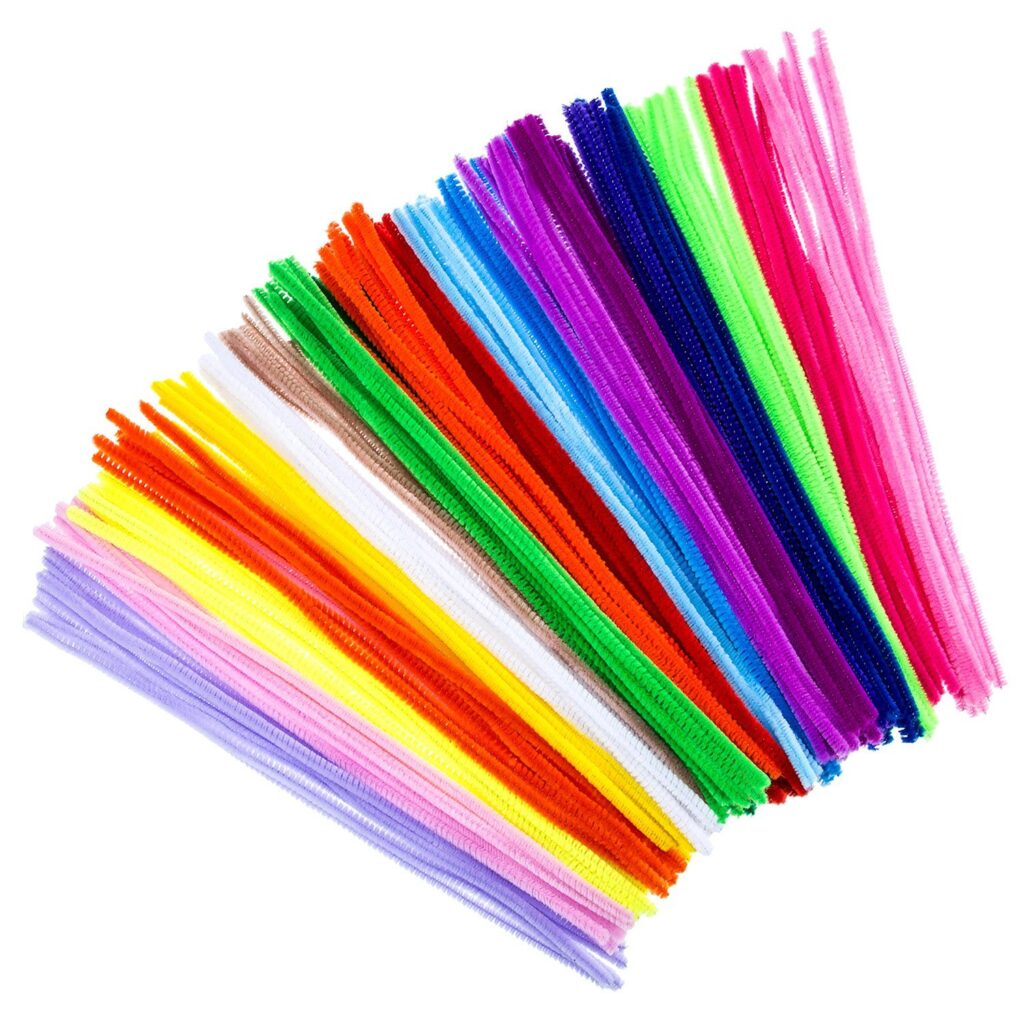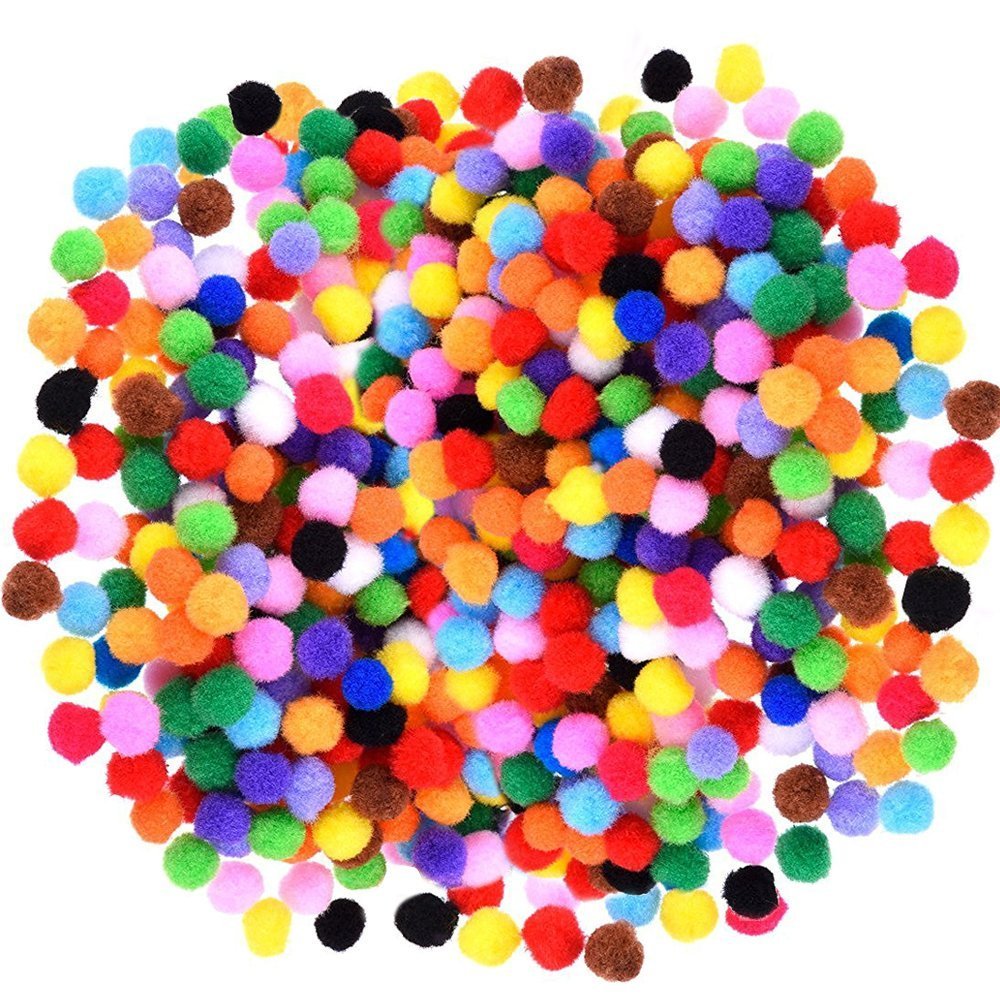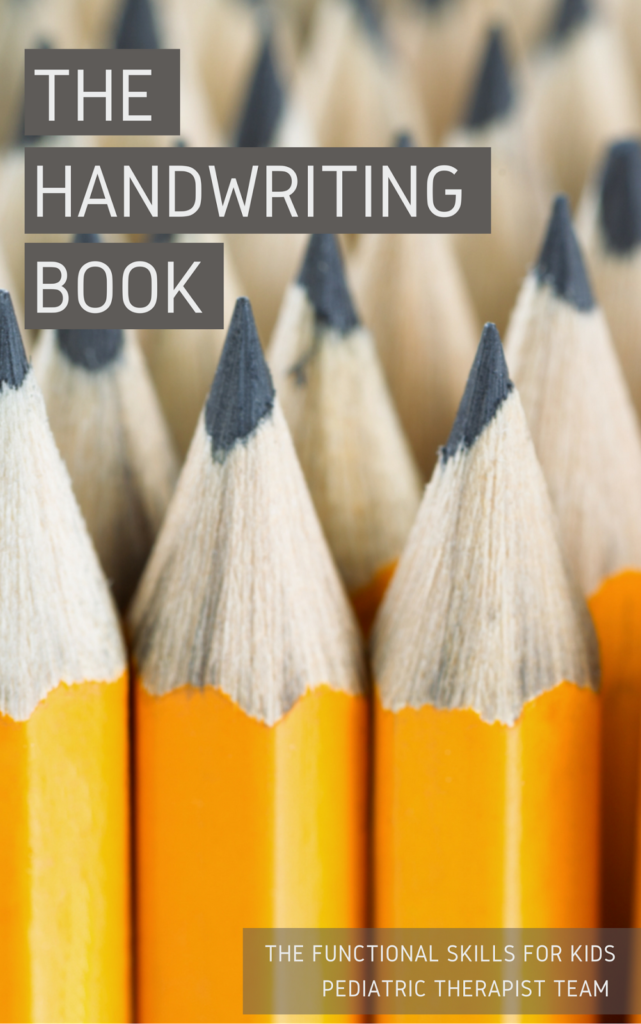Before a child learns to write letters in cursive, connect letters together, and recall the formation of cursive letters, it is helpful to build the skills needed for controlled pencil movements. When writing in cursive, we keep the pencil tip on the paper for a longer period of time compared to printed handwriting. When writing in print, the pencil lifts up several times within a single letter. For cursive handwriting, it is necessary to move the pencil with a dynamic pencil grasp in order to move the pencil along the line of a word. Engaging kids in pre-cursive activities and exercises can help with the dexterity needed for cursive letters.
Pre-cursive activities like tracing and copying curves, re-trace, bumps, and angles helps develop the visual motor skills needed for copying cursive letters.
If you have plans to teach cursive handwriting to a student or classroom soon, then the pre-cursive activities listed in today’s post will be a benefit to you.
This post and the posts you’ll see here over the next month are part of our 31 day series on teaching cursive. You’ll want to check out the How to Teach Cursive Writing page where you can find all of the posts in this series.
For more ways to address the underlying skills needed for handwriting, check out the handwriting drop-down tab at the top of this site.
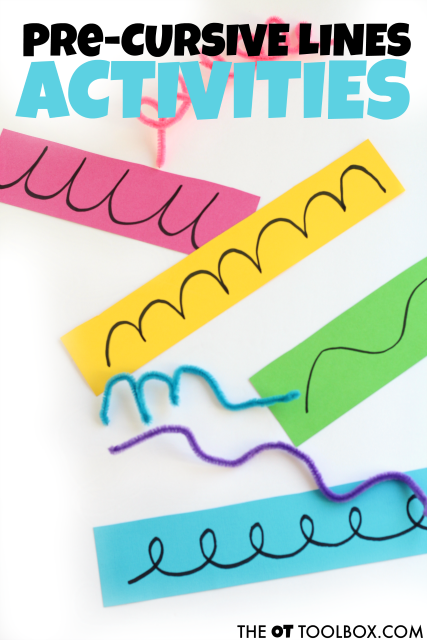
Pre-Cursive Activities
A quick Google search will present you with tons of worksheets designed to promote pre-cursive skills. You can find some that we’ve shared on our new Cursive Handwriting Pinterest board. While pre-cursive worksheets work for boosting the skills needed to copy and form letters, worksheets can get a little boring. And for the student who just wants to learn to write in cursive, they can become downright tedious!
Addressing the pre-cursive skills needed for dexterity and visual motor skills can be developed and strengthened with hands-on activities that are far from tedious…they are fun!
Fun Pre-Cursive Activities for Kids
First, start with a set of lines that will help with pencil control. Then, use some of the activity ideas below to copy and trace these lines.
- Pre-cursive handwriting activities can help kids trace and copy the lines needed for continuous pencil motions while strengthening the hands.
- Try some of these fun pre-cursive activities. (And then try some of the others on another day!)
- Create waves, angles, bumps, loops and swoops with a pencil across a page. Students can trace the lines with highlighters or colored markers. Ask them to continue to trace the lines with additional colors, creating a color rainbow.
- Draw a wave, curve, series of bumps or loops across a page in pen. Students can trace the line in glue. Allow the glue to harden. Students can then trace the glue line with their finger.
- Draw a wave, series of loops or bumps across a page. Students can trace the line with glue and then stick a length of yarn onto the glue.
- Create a series of waves, loops, curves, or bumps across strips of paper. Students can copy the form onto another piece of paper using various mediums: chalk, colored pencil, water (use a paintbrush), or pipe cleaners.
- Use a sensory writing tray to copy and create pre-cursive lines. Here is more information about using writing trays to boost handwriting skills.
- Use Wikki Stix to copy or create lengths of pre-cursive lines.
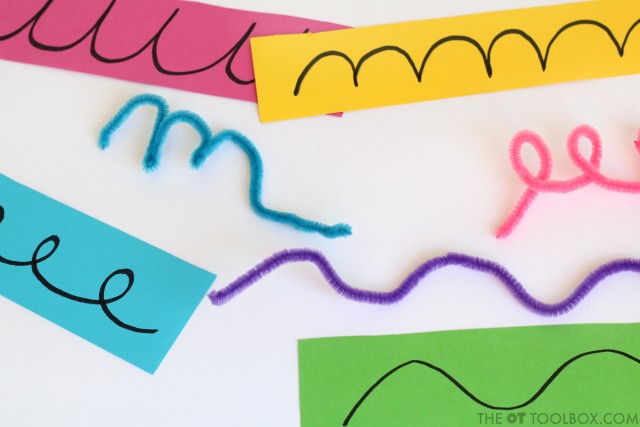
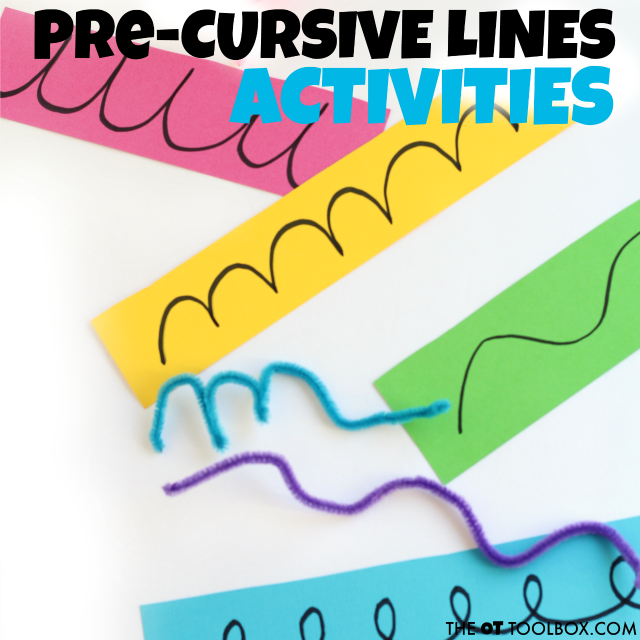
Tools to build pre-cursive writing skills:
Affiliate links are included in this post.
Wikki Stix Wikki Stix are a huge fine motor tool for building strength and dexterity. Stick ends of the bendable and sticky pieces to one another to create a long strand that can be used to copy and create series of loops, cursive letter “c’s”, bumps, or angles.
Jump Ropes Use jump ropes to form and copy curves, spikes (several lines needed for letter “w”, or bends. This set of colorful jump ropes are 9 feet long and comes in a set of 6 ropes that can be tied or simply placed end to end on the floor.
Colorful Craft String can be used with glue to copy or create textured pre-cursive lines on strips of cardstock. Use this set of string to create cursive line art on a large outline of a picture.
Stretchy Fidget String is a short length of string, but it’s stretchy components make it a fine motor tool that you don’t want to miss. Attach several strands together to copy and create pre-cursive lines from a model.
Pipe Cleaners can be used in so many ways to copy and create the pre-cursive lines and writing strokes needed for cursive handwriting.
Use craft pom poms to build cursive lines. Ask kids to copy or trace curves, loops, angles, or bumps with glue. They can then press the crafting pom poms into the cursive lines to develop and strengthen fine motor skills while boosting visual motor skills.
The Handwriting Book is a huge resource when it comes to addressing handwriting concerns. It’s a book written by 10 occupational therapists and physical therapists and refers to every underlying skill related to written work. This is a tool for therapists, teachers, and parents.
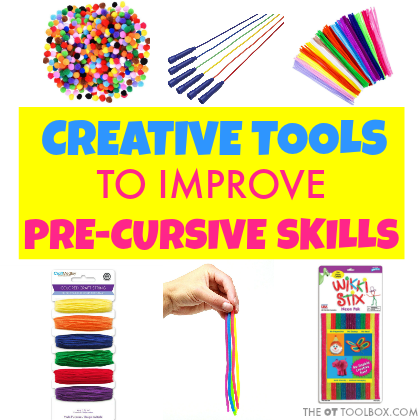
New Feature...DOWNLOAD THIS POST AS A PDF! CLICK HERE


